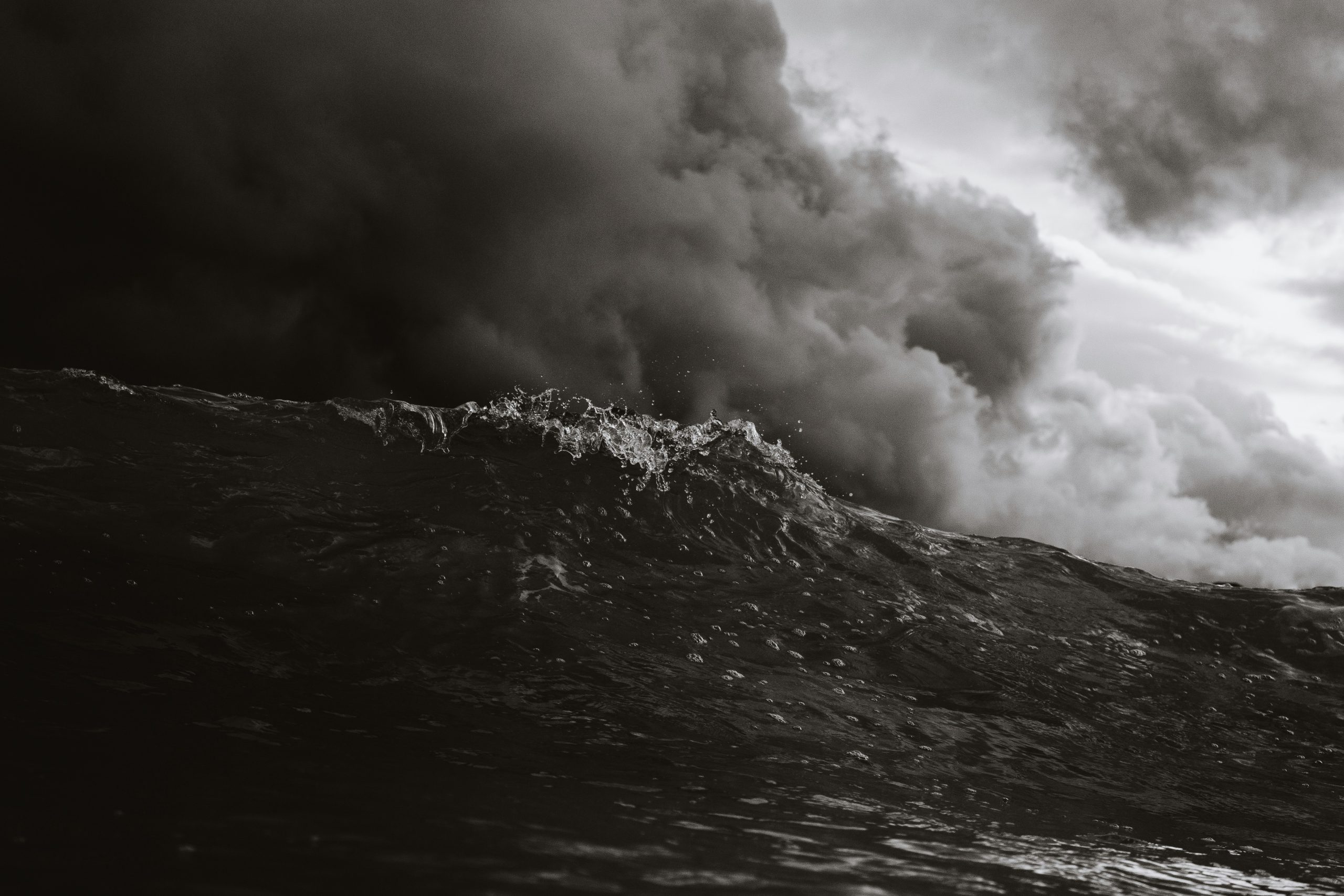
Well, it seems like hurricane season is now in full swing! Being prepared in hurricane season is very, very important. NOAA’s National Hurricane Center has put together a comprehensive preparedness checklist with important link & information here: https://www.noaa.gov/hurricane-prep
One thing we’d like to remind you is to keep an eye on the storm surge. Extremely high waters can cause more damage than wind alone. In order to protect the lines on your boat, one site recommends putting a length of fire hose over them to prevent chafing. *NOT regular water hose – those can actually build up heat due to friction and melt the line!
You’ll want to make sure you’re familiar with your boat’s insurance coverage. Have copies of all your information stored in a safe space that will be accessible, even if your boat is damaged.
Hazards
Flooding from heavy rains is the second leading cause of fatalities from land falling tropical cyclones. Widespread torrential rains associated with these storms often cause flooding hundreds of miles inland. This flooding can persist for several days after a storm has dissipated.
Winds from a hurricane can destroy buildings and manufactured homes. Signs, roofing material, and other items left outside can become flying missiles during hurricanes. Tornadoes can accompany land falling tropical cyclones.
These tornadoes typically occur in rain bands well away from the center of the storm. Dangerous waves produced by a tropical cyclone’s strong winds can pose a significant hazard to coastal residents and mariners. These waves can cause deadly rip currents, significant beach erosion, and damage to structures along the coastline, even when the storm is more than a 1,000 miles offshore.